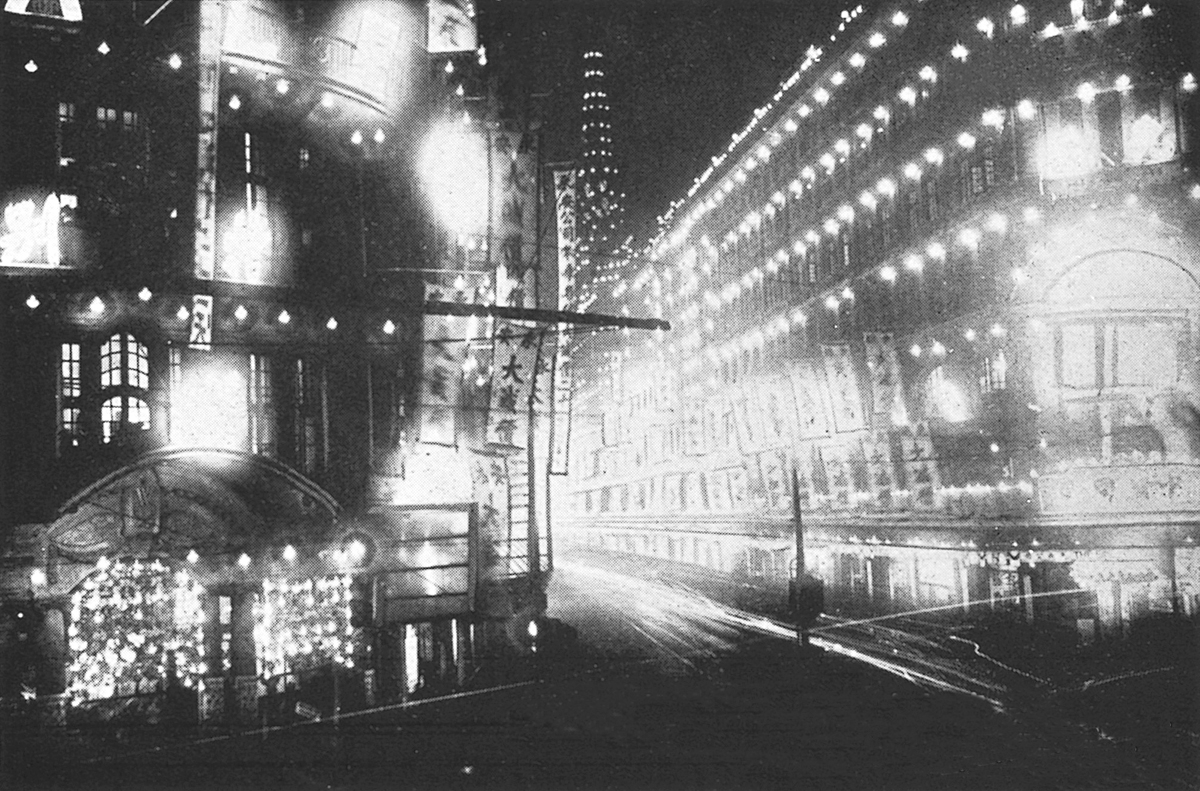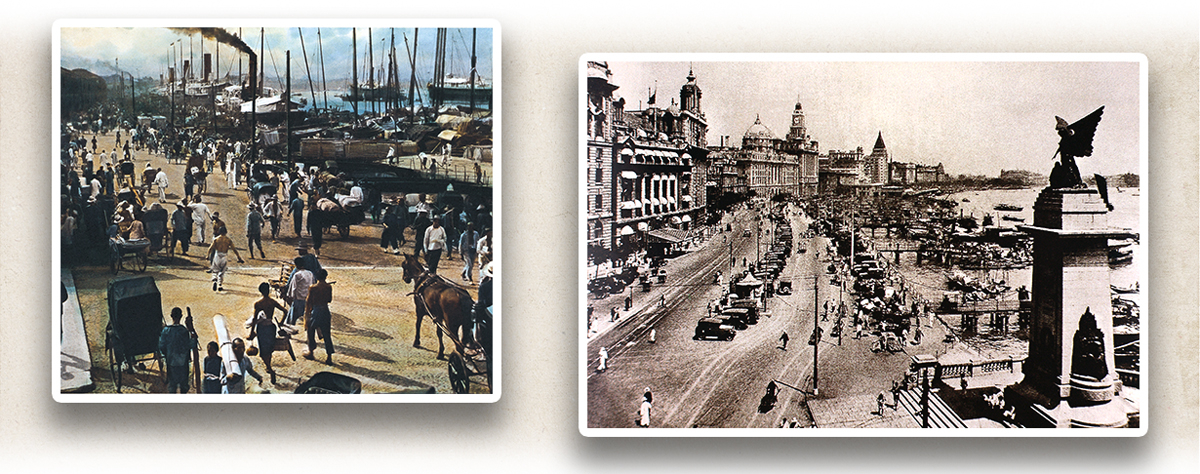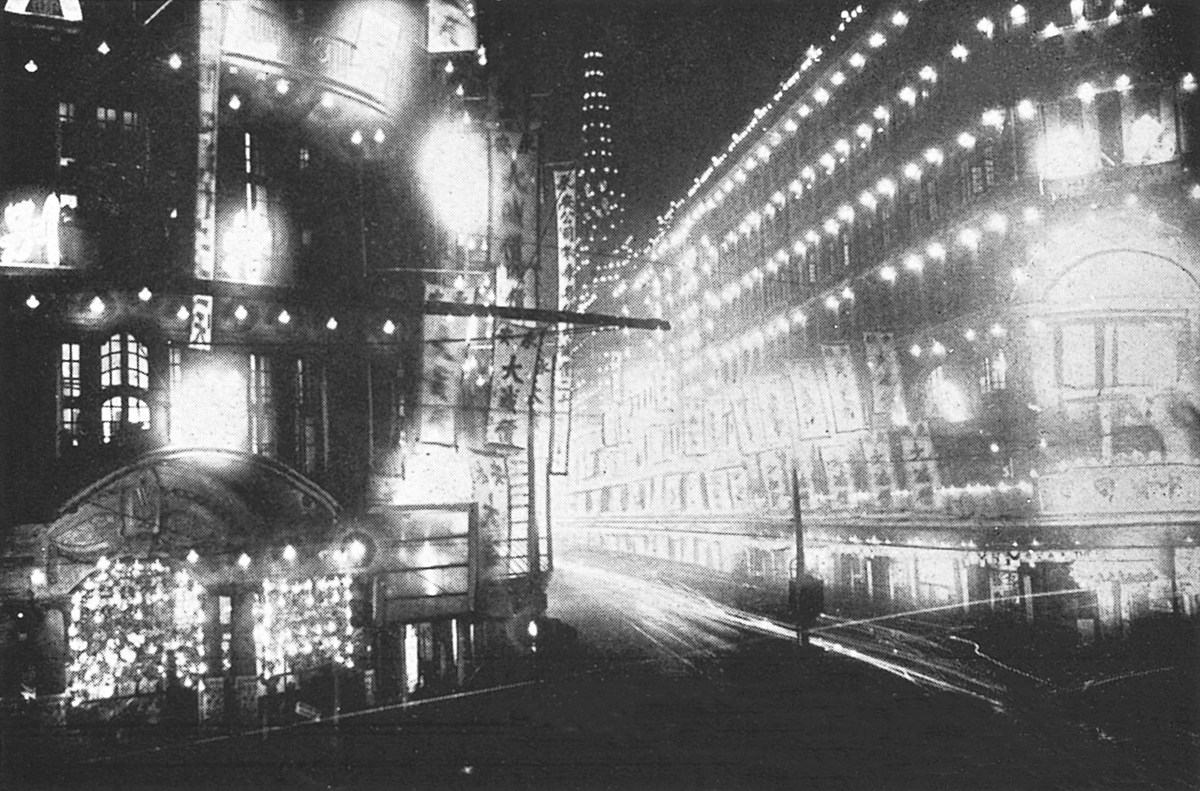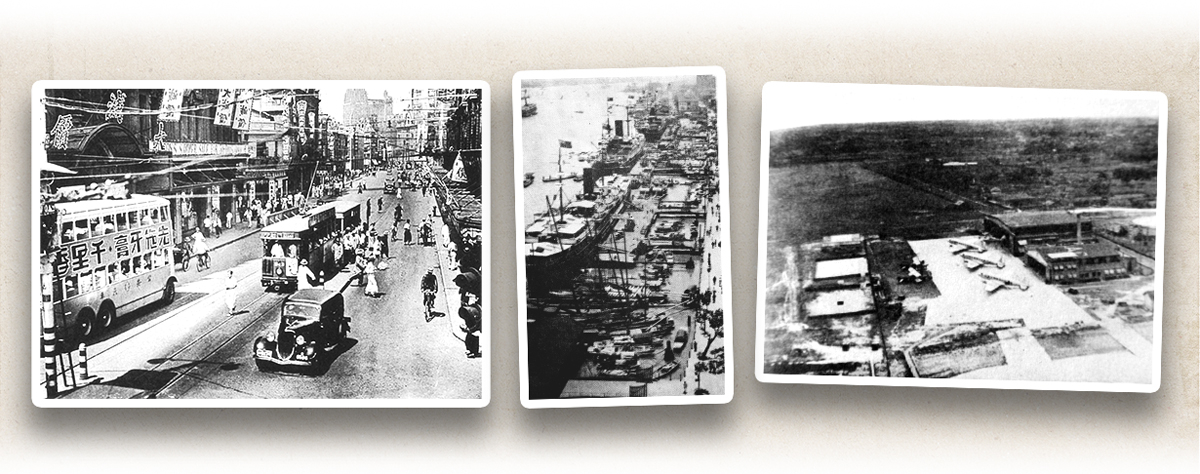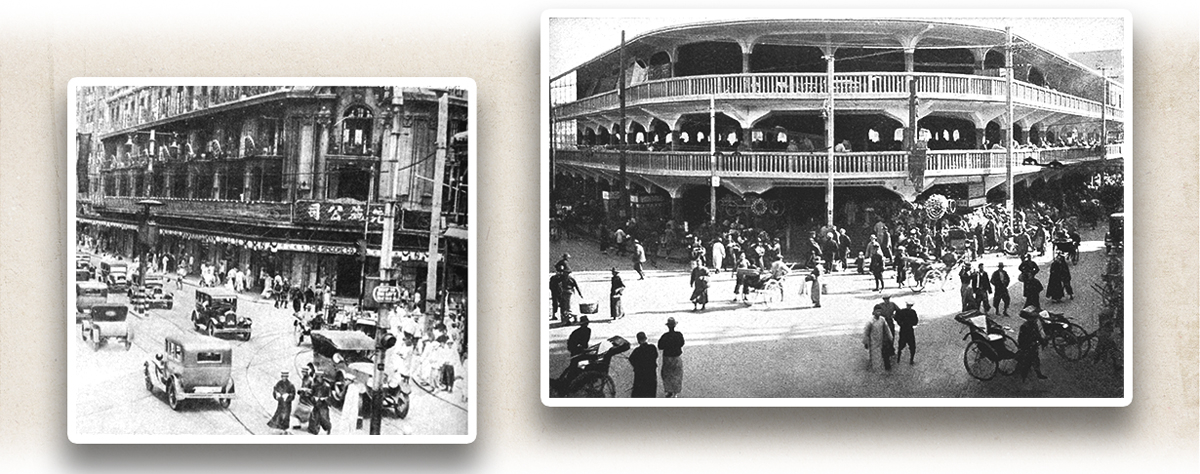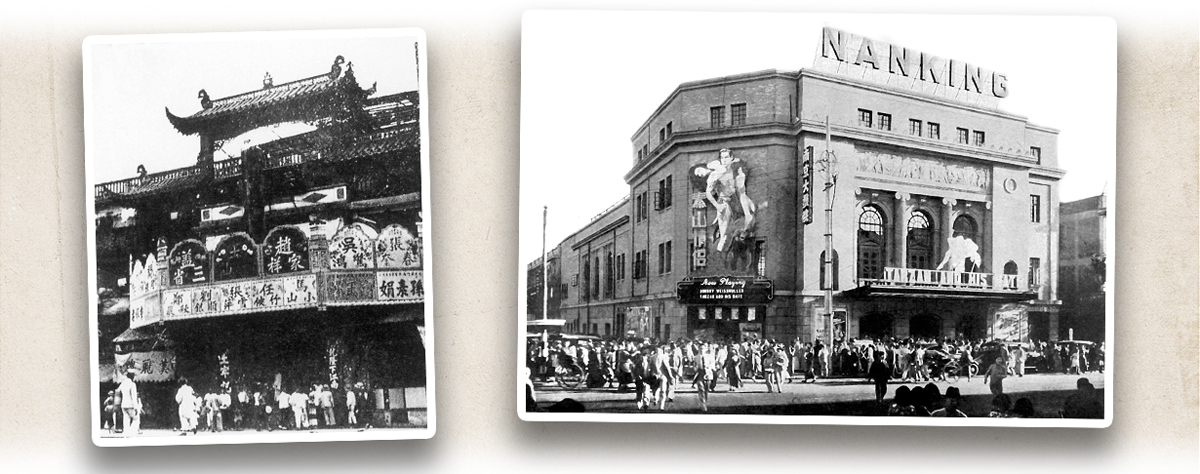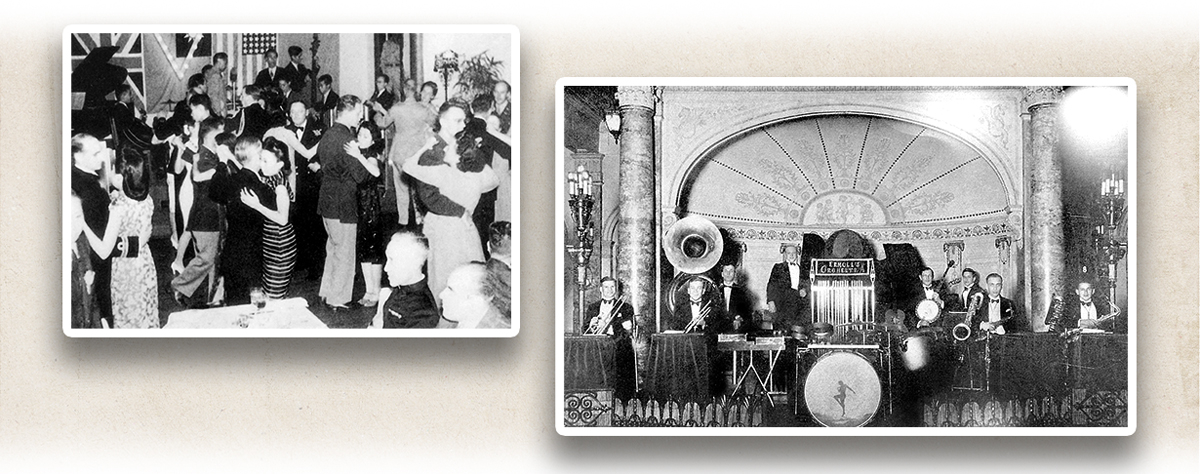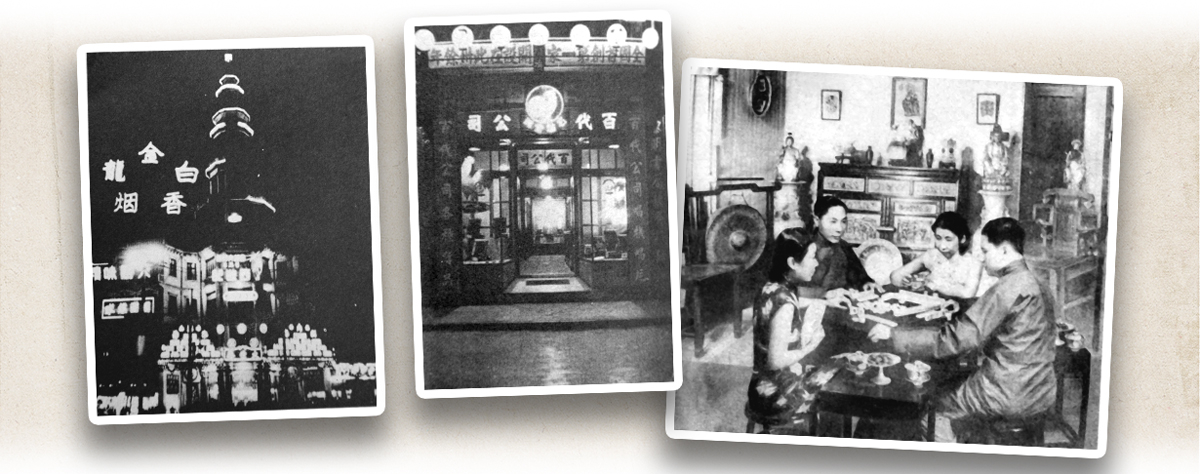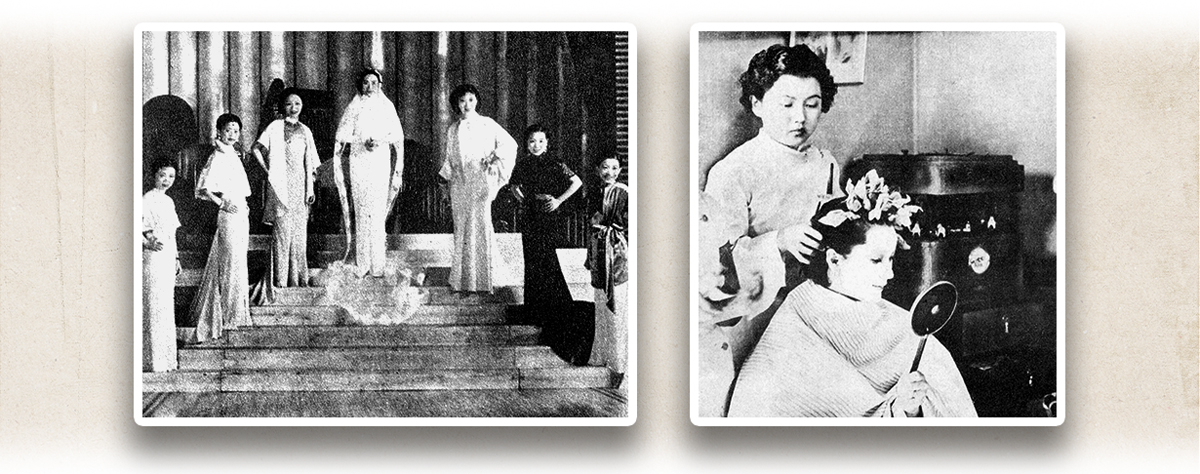When considering social and economic prosperity during the Republican period, one must mention Shanghai (上海). “Shanghai nights, Shanghai nights, you make Shanghai a city that never sleeps”. Iconic Chinese singer Zhou Xuan (周璇) described Shanghai as a prosperous and flourishing city in this popular song.
Shanghai was first developed as early as the late Tang dynasty (唐代). During the Song (宋代) and the Yuan (元代) dynasties, maritime trade offices were established in Songjiang (松江) and other areas of modern-day Shanghai. The Treaty of Nanking (《南京條約》) signed in 1842 designated Shanghai as one of the five “treaty ports”, after which it rapidly developed into the largest city in the Far East (followed by Tokyo and Hong Kong) and the world’s fourth-largest metropolis (only behind New York, London, and Paris). In 1843, the first group of more than 20 British merchants and missionaries arrived in Shanghai. By 1935 there were more than 6,000 British expatriates living in the Shanghai’s foreign concessions. They were joined by people worldwide who came to Shanghai dreaming of wealth, earning Shanghai a reputation as an “Adventurers’ Paradise”.
On 29 March 1927, the Nationalist Government of the Republic of China (ROC) founded the Shanghai Special City, a new municipality of China excluding Shanghai’s foreign concessions, considerably assisting the city’s development. In Shanghai, countless ships laden with commodities were moored along the bay for transhipment. Automobiles and rickshaws ran up and down the famous Nanjing Road (南京路, or Nanking Road), where Shanghai Park Hotel, the tallest building in the Far East at that time, stood among buildings. Commercial billboards lined both sides of the street and glowed with colourful neon lights at night. The Bund, located at the intersection of the Huangpu River (黃浦江) and Suzhou Creek (蘇州河), became another major city landmark. Its bustling banks and riverside streets created a beautiful and lively landscape. This is “aklak Shanghai” (meaning “my Shanghai” in the local Wu languages﹝吳語﹞), an unforgettable Oriental Pearl! Shanghai was truly a fantastical city during the Republican period, inspiring many novels, comics, TV series, films, and musical works.
|
|
What are the lyrics of the song Shanghai Nights? Why was the English spoken by the Chinese people in Shanghai after its port was opened called “Chinese Pidgin English”? |
|
|
See answer below. |
Shanghai was already an international city by the late Qing dynasty (清代), but its development accelerated rapidly during the Republican period. Left: the street and quay of the Bund crowded with people, goods, and ships in 1913. Right: the prosperous Shanghai Bund in 1936.
In the 1930s, Nanjing Road was ablaze with lights all night long, making Shanghai “the city that never sleeps” and earning “Shanghai Nights” fame. At that time Nanjing Road was a world-renowned business street and a major landmark of Shanghai like the Bund.
Shanghai was a domestic and international transport hub with advanced means of transport, docks, and airports during the Republican period. From left to right: Double-decker buses and trams on Nanjing Road; docks along the Huangpu River that could accommodate multiple large ocean-going vessels; Shanghai Longhua Airport (龍華機場), which was converted into a civilian airport in 1929.
In the 1930s, streets in front of the Sincere Department Store and the Hongkew Market (or Hongkou Market, 虹口市場) flowed with life. As industry and commerce boomed, department stores, commodity markets, and various shops were established. Shanghai thus became one of the world’s most competitive consumption centres.
To meet civilians’ demand for entertainment, theatres and cinemas proliferated in Shanghai, exhibiting Chinese operas, films, and stage performances. Left: the Gong Stage, which was renamed Rong’s Gong Stage (榮記共舞台) in 1933. It exclusively performed Peking Opera (京劇) as one of the four largest Peking opera houses in Shanghai in the 1930s. Right: the Nanking Theatre was one of the most luxurious cinemas in Shanghai in the 1930s.
In the 1930s, Shanghai’s dog and horse races attracting spectators.
Shanghai had numerous dance halls holding parties and concerts in the 1930s. Left: Chinese and foreign guests dancing at one of the city’s international balls. Right: a Western band playing for a party in Shanghai.
During the Republican period, Shanghai offered various entertainment. Left: the Great World complex, opened in 1917, was people’s favourite spot for entertainment. Middle: Pathé Records (China), established in Shanghai in 1909, produced many hit songs. Right: many locals liked playing mahjong (麻將) at that time.
During the Republican period, Shanghai’s food culture was a fusion of Chinese and Western styles. Left: Roy Roof Garden in Hongkou, Shanghai. Middle: Green Lotus Teahouse. Right: Shanghai Wang Yu Tai Teahouse (汪裕泰茶莊).
Shanghai led China’s fashion trends in clothing, hair, and make-up during the Republican period. Left: the 1934 Fashion Show for Popular Stars and Ladies held at the Paramount. Right: a woman getting her hair styled in Shanghai, 1936.
|
|
What are the lyrics of the song Shanghai Nights? Why was the English spoken by the Chinese people in Shanghai after its port was opened called “Chinese Pidgin English”? |
|
|
Shanghai Nights is a song from the 1947 Chinese film An All-Consuming Love sung by Zhou Xuan. Its lyrics were written by Fan Yanqiao (范煙橋) and music by Chen Gexin (陳歌辛). Its lyrics are as follows: Shanghai nights, Shanghai nights, you make Shanghai a city that never sleeps. Under the colourful neon lights, amid the sound of car horns, people are singing and dancing in the halls. She welcomes guests with a smile, no one sees through to the gloom in her heart. She works at night only to earn a living, to survive. Guests are intoxicated less by alcohol than the revelry itself. Running to various parties, squandering their youth. When dawn comes, they all drive home with tired eyes. The break of day ushers in a different world. Waking from nightlife is as waking from a dream. The opening of port for trade was supposed to be advantageous for Shanghai people to learn English since they frequently communicated with foreigners. In fact, they spoke “Chinese Pidgin English” instead. At that time there was a tributary of Huangpu River called the “Pidgin” flowing in Shanghai’s northern suburbs. It was the boundary between the British and French concessions. Many Chinese compradors and merchants who traded with foreigners there spoke English with a Shanghai or Ningbo (寧波) accent (both are in the zone of Wu languages) and Chinese grammar patterns. This is the so-called “Chinese Pidgin English”. For example, in Wu languages, “come” was pronounced as khaon1 m1 (康姆), “go” as koq7 (谷), “yes” as ye6 sy1 (也司), and “no” as noq8 (諾). However, some sinicised Chinese Pidgin English are still in use to this day, such as pha5 te5 (派對, party), se1 min6 zy6 (三明治, sandwich), saq7 kheq7 sy1 fon1 (薩克斯風, saxophone), and so1 ha5 (沙蟹, show hand). |
Source of most photos used in this feature piece: Fotoe.




